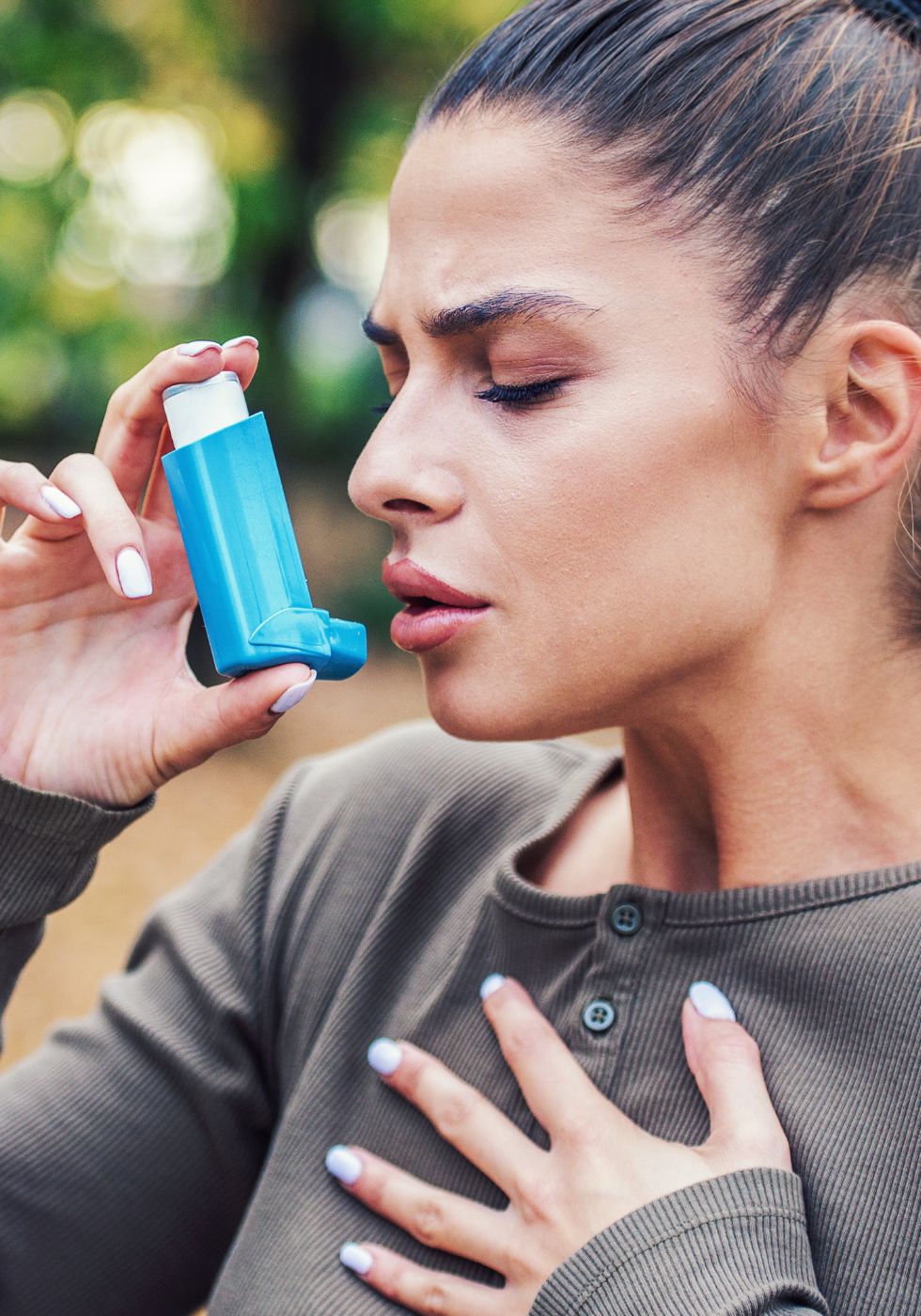Asthma produces type 1 failure.
Therefore , the typical findings will be decreased PaO2 but Pa CO2 may be normal
Clinically asthma can be
1. Bronchial
2. Cardiac
Bronchial Asthma is produced by bronchospasm due to production of some chemicals ( see below )with in the teacheo- bronchial tree which produces the spasm
Cardiac Asthma, on the other hand is produced due to fault in the heart e.g . acute LVF symptoms (dyspnea , wheeze etc. ) of cardiac and baronial asthma can be remarkably similar ( so similar that the clinician can be in real trouble ) but the pathogenesis , prognosis and ( most importantly ) the treatment are sharply efferent.
For example morphine should be given in cardiac asthma but morphine is a killer drug in bronchial asthma
- We strive to bring out the best
- Beauty & glam can be perfect
- Brings out the best in you
- Live every moment beauty

Pathogenesis of ( bronchial ) Asthma
1. In asthma there is bronchospasm, usually this bronchospasm is episodic , lasting for minutes or hours with no bronchospasm in between the episodes. Some persons however , have a basal bronchospasm even in between the episodes
The cause of bronchospasm are :
1. Inflammation of the mucosa of trachea-bronchial tree
2. Release (from the bronchial mucosa) of some broncho spasmogenic material
Inflammation causes: Denudation of the epithelium of bronchial mucosa (wear and tear) which leads to sensory nerve fibers, to be exposed. These nerve fibers , now therefore are easily excited which leads to bronchospasm.
Bronchos spasmogenic materials are released by the bronchial mucosa and are
1. Histamine ( from the most cells of bronchial mucosa
2. leucotrienes
3. Prostaglandins
4. PAF ( Platelet activating factor)
They are collectively , called “mediators “
- Mediators are released when an appropriate stimulus stimulates bronchial mucosa. The mediators also produce inflammatory reaction, i.e. these mediators cause both inflammation and direct bronchospasm.
- The appropriate stimulus is Called an “allergen”. in susceptible person an airborne material like pollen grains, animal dander etc. is inhaled for the first time in life The person, with in a couple of weeks after the first inhalation becomes sensitized to the allergen (note: allergen means; Polen grain, Dender etc.). If now the same person who is now sensitized to the allergen inhales a 2nd dose of allergen the allergen particles get stucks to the bronchial mucosa this cause release of mediators inflammation +bronchospasm. There is also, as a result of inflammation, secretion of mucus in bronchial tree small bronchioles are blocked situation aggravates.
Clinically two types of asthma are described:
1. childhood (atopic); where the 1st attack occurs during childhood. In these cases, allergen is the offending agent.
2. late onset “ where the 1st attack occurs when the person is fully adult – in such cases no clinical evidence of allergy is found and are called idiosyncratic. In such late onset cases, the bronchial inflammation usually develops after a viral attack of respiratory mucosa causing denudation.
Clinically, the patient due to the bronchospasm, develops dyspnea. If the bronchospasm is severe , the dyspnea will be severe. In less severe cases, inspiration is not difficult, but expiration becomes difficult. This is because, bronchial tubes even normally, become narrower during expiration. In asthma, therefore, bronchospasm causes further narrowing of the bronchi during expiration, producing the classical wheeze (rather, expiratory wheeze) of the clinicians. On auscultation, ronchi , particularly during expiration , are heard.
Findings:
- Chest x-ray, lung function tests, blood gas analysis, in between the episodes may be absolutly normal.
- During the episode, Chest x-ray show hyperinflation of lung. Blood gas analysis reveals low Pa 02

